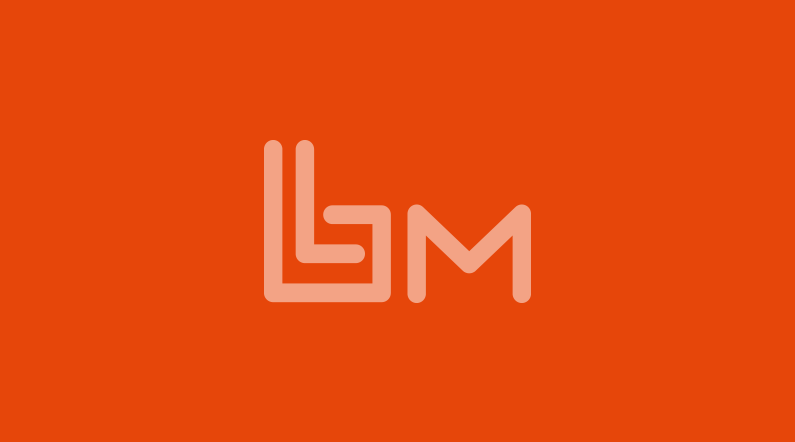In case you didn’t hear the keyboard clicking of P&G marketers around the world changing their job titles on LinkedIn, effective July 1st, P&G changed the titles and roles and responsibilities of key staff in their marketing department. Marketing Directors are now Brand Directors and Associate Marketing Directors are now Associate Brand Directors.
This changes raises two questions:
- What does this job redefinition mean for their ability to profitably grow their brands?
- How quickly will the rest of the marketing world follow?
Let’s tackle #2 first, because much of the non-P&G marketing world will surely follow. For example, do you remember back in the 1980s when FMI, the Food Marketing Institute, held their big annual show at McCormick Place in Chicago (they still do, but its now called FMI Connect)? Back in the day, it was the show of all shows. Companies would construct multi-million dollar booths and bring legions of sales and marketing folks into town to show off their new products and wine and dine customers. AND of course, they would wine and dine themselves. Whether there was any ROI from the show was irrelevant, as you had to be there in a big way or it would send the wrong signals to the trade and competitors. It wasn’t until P&G took a step a back, asked two very simple questions “Why are we doing this? And what is the ROI?”, and decided to significantly pull back from FMI (e.g., smaller booth, dedicated hotel space for retailer and partner meetings, etc.), that other CPG companies had permission to pull back their participation as well.
Another example of how P&G leads change in the marketing world is in the area of media agency compensation. Since the days of Mad Men, ad agencies were paid a 17.65% commission on all broadcast media purchases. This was paid regardless of business performance or ROI…it “was just the way things were done”. Until 2000, when P&G once again turned the marketing world on its ear by asking: “Why are we doing this? How can we more effectively reach our customers? They started transitioning the compensation structure from one based entirely on media commissions to a more performance based model – ultimately reducing media commissions to below 10% and offering big bonuses based on reaching joint sales and marketing objectives. One of the reasons for the initial change was to encourage agencies to focus less on expensive, ever more fragmenting commissionable media such as television and magazines and to more effectively reach customers by integrating other marketing tools such as direct mail, event marketing, public relations, and the Internet. In fact, by 2013 P&G was the leader in digital marketing spending among manufacturers, dedicating between 25-35% of its marketing spending on digital – at aggressively negotiated rates.
So, yes, one might expect other major CPG companies to quickly follow suit.
But why make the change (question #1)? The main reason is that marketing and the ways that brands interact with their customers has changed so significantly over the past decade, it became critical to house all of the key marketing elements under one job function. Since consumers experience brands today in a real time, interactive manner, the new brand director role will now have purview over brand management, consumer and marketing knowledge (a.k.a. market research), communications (e.g., public relations), and design (identity, packaging, etc.).
P&G has always recognized the value of building brands rather than “just selling products”. Products can be copied; brands create lasting value. But to build brands, the brand team must be at the forefront of uncovering those few consumer insights that will turn awareness to consideration to purchase to loyalty AND now to engagement. Consumer engagement provides real time feedback for product improvements and helps generate new product ideas. P&G hasn’t walked away from its traditional brand management infrastructure; it has upgraded how it its “brand managers” have to provide a brand experience for consumers. And practically, as the arsenal of communication platforms and channels available to the marketer explodes, brand managers must move quickly and be more creative at turning those insights into impactful marketplace execution. This marketing structure move is designed to do just that – to enable the organization to be more nimble, more responsive and more creative in how they build P&G’s brands and brand experiences.
We believe this is absolutely the right move at the right time, but it will of course be interesting to see how this transpires over the next several months and years.
Tell us what you think…


Recent Comments